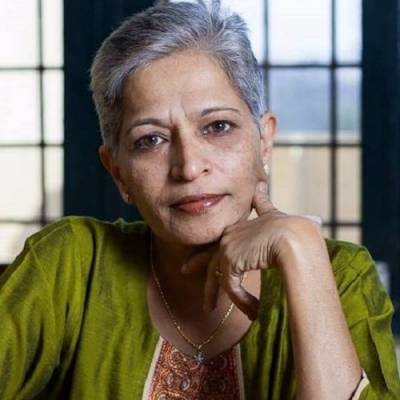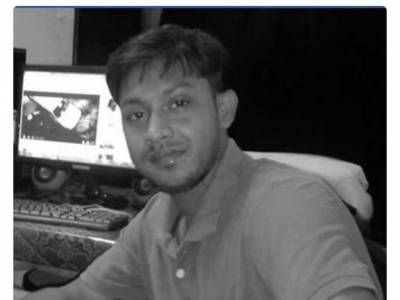Gauri Lankesh: Death of a journalist and some unanswered questions
A politically-motivated killing, robbery gone bad, property dispute, personal dispute, naxals looking to stop her – various theories and speculations are floating around regarding why veteran journalist and social activist Gauri Lankesh was shot dead late last evening (September 5, 2017) in front of her house in Bangalore.
All who have known Lankesh, have called her a courageous, no-nonsense journalist with strong left leanings. Many say that she has been anti-establishment and had always raised her voice against the caste system and communal forces. This put her at loggerheads with some BJP leaders and defamation cases have been filed against her. Lankesh was out on bail at the time of her killing in a defamation case.
Editor of weekly Kannada tabloid Gauri Lankesh Patrike’, Lankesh in what is her last tweet asked people to combat the “biggest enemy”. She wrote: “Why do I feel that some of ‘us’ are fighting between ourselves? We all know our ‘biggest enemy’'. Can we all please concentrate on that?” “Ok, some of us commit mistakes like sharing fake posts. Let us warn each other then. And not try to expose each other. Peace... comrades.”
Journalism: A dangerous profession
Lankesh’s hitman style killing has once again brought to sharp focus the dangers that journalists face, in India and globally. Recently, the sentencing of Dera chief Gurmeet Ram Rahim also turned the spotlight on the killing of the Editor of a Sirsa-based publication, Ram Chandra Chatrapati, who was the person that exposed the rapes committed by the Dera chief, who is also accused of getting Chatrapati killed – shot by two bikers in October 2002.
That is not the only death that has gone mostly unnoticed in mainstream media. According to data released by Committee to Protect Journalist (CPJ), a New York-based independent non-profit, non-government organisation, 40 journalists have been killed in India since 1992, where the motive was confirmed. There were also 27 journalists killed, where the motive was unconfirmed. This included the very public gunning down of Mid Day’s Jyotirmoy Dey (popularly known as J Dey) on June 11, 2011 in Mumbai.
The CPJ data also shows that majority of the 40 journalists killed in India since 1992 are from Tier 3 towns (21), followed by Tier 2 (13) and Tier 1 (6). And only 6 of those killed are from English publications, the remaining are from Hindi (12) and other vernacular (17) publications. There were 6 more journalists who were killed where it was not known which language publications they worked for.







Share
Facebook
YouTube
Tweet
Twitter
LinkedIn